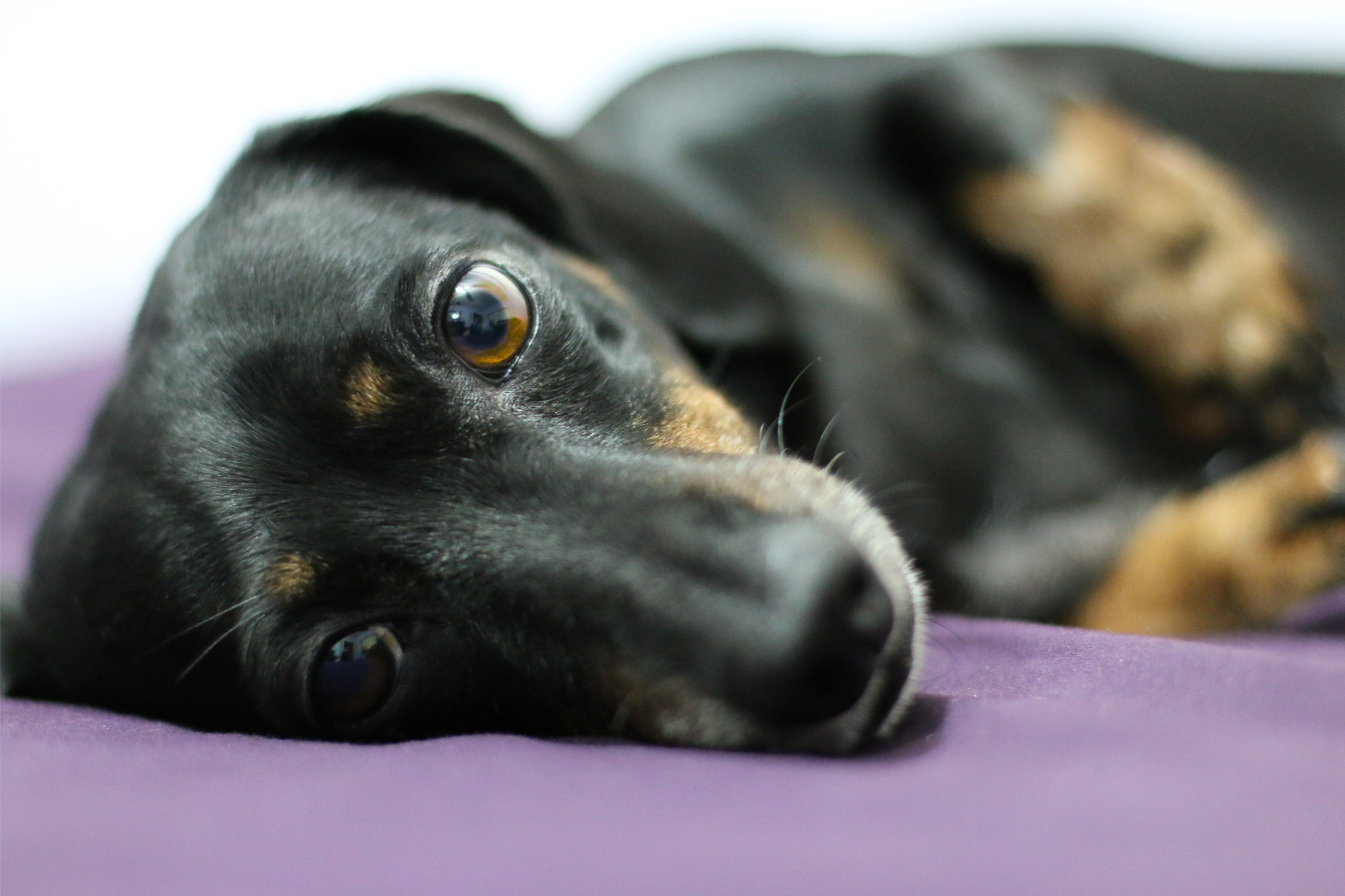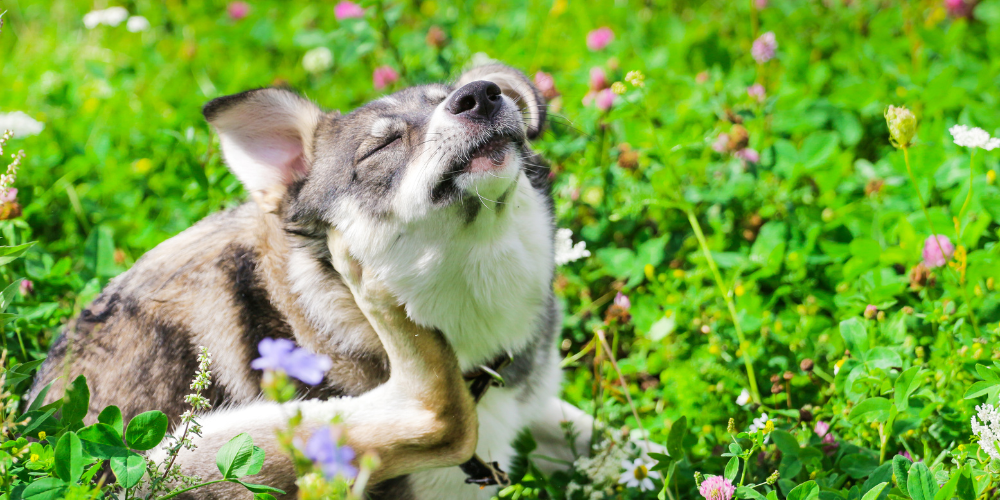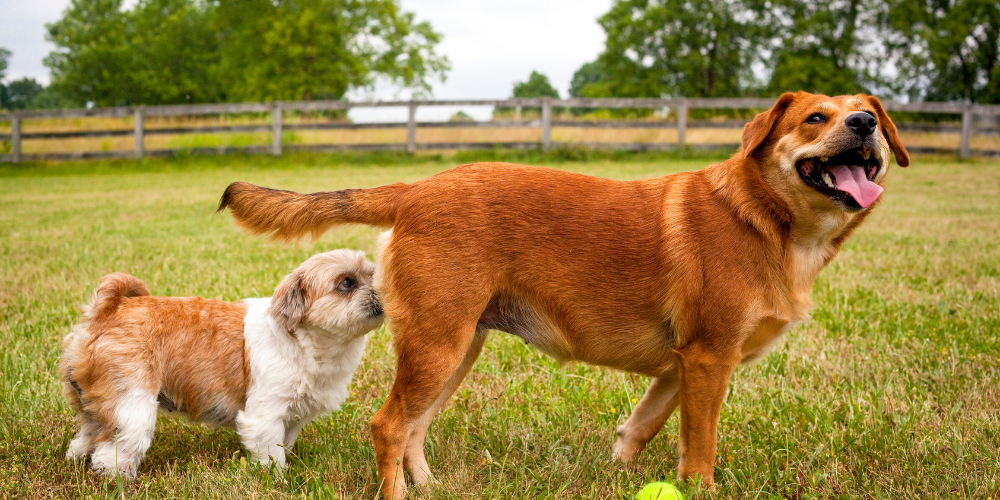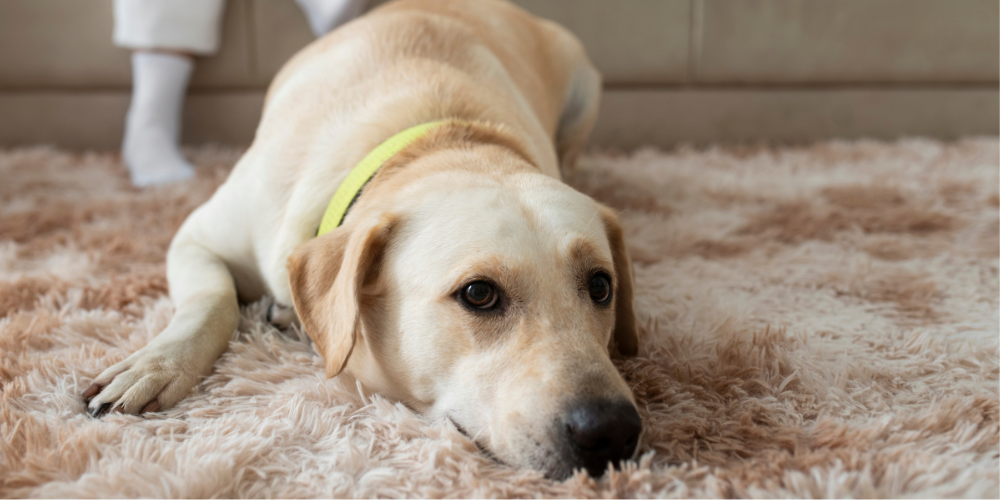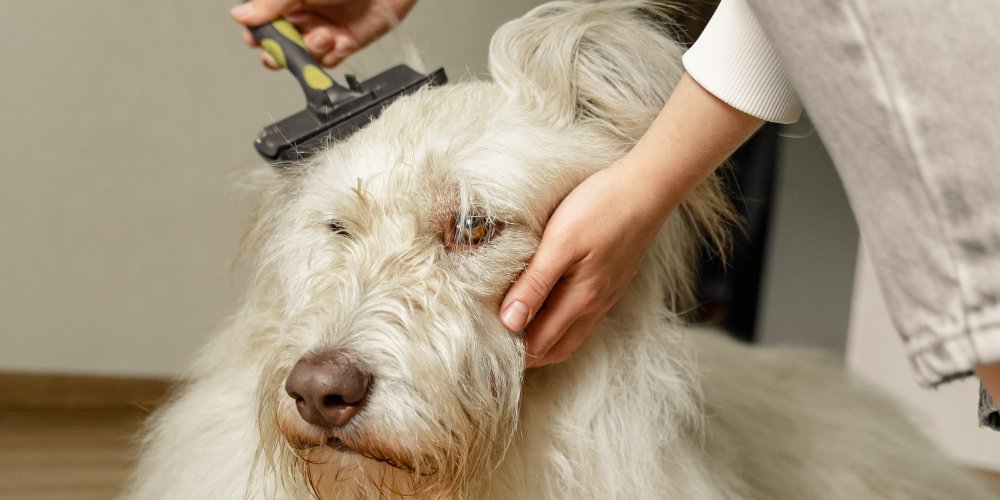
Are You Grooming Your Dog the Right Way?
Grooming your dog is more than just about keeping them looking their best—it’s essential for their overall health and happiness. But as much as we love to pamper our pooches, there are some common grooming mistakes that could be doing more harm than good. Whether you're new to dog grooming or have been at it for years, this guide will help you avoid these six common mistakes that many dog owners make.
1. Skipping the Brush Before a Bath
If you’re giving your dog a bath without brushing them first, you’re setting yourself up for a messy situation. Brushing removes tangles, mats, and loose hair that can trap water, making your dog’s coat harder to clean and dry. Mats can also tighten when wet, causing discomfort or even pain for your pup.
For the best results, use tools suited to your dog’s coat type. A slicker brush works wonders for detangling, while a deshedding tool can help with heavy shedders like Labradors. If your dog’s coat is particularly matted, try a detangling spray to loosen the knots before brushing.
Looking for the perfect brush? Check out our collection.
2. Using Human Shampoo on Your Dog
Your shampoo might leave your hair silky and fragrant, but it’s not meant for your dog. Human shampoos often contain chemicals and fragrances that can irritate your dog’s sensitive skin. Dog shampoos are specially formulated to match their unique pH balance and skin needs.
When choosing a dog shampoo, consider your pup’s specific needs. For example, dogs with sensitive skin may benefit from hypoallergenic formulas, while those with itchy skin might need shampoos with soothing ingredients like oatmeal or aloe vera.
Have a look at our medicated shampoos for dogs.
3. Neglecting Those Nails
Let’s be honest—clipping your dog’s nails can be daunting. But skipping this task can lead to long nails that make walking uncomfortable or even painful for your dog. Overgrown nails can also increase the risk of splitting or breaking, which is even more painful.
Start slow if your dog is nervous about nail trimming. Use a clipper or grinder designed for dogs, and reward them with treats for staying calm. If you’re unsure about the right length, aim to trim just the tip of the nail, avoiding the quick (the sensitive part inside the nail).
Keep those nails trim and tidy—explore our range of nail clippers designed for safe and stress-free grooming.
4. Being Too Rough During Brushing
Brushing is meant to be a bonding moment, not a wrestling match. Using too much force or the wrong type of brush can hurt your dog’s skin, especially if they have a sensitive coat. Choose a brush that suits your dog’s coat type and use gentle, even strokes.
If your dog tends to get nervous during brushing, create a calm environment. Play soothing music, use treats as positive reinforcement, and brush in short sessions. Patience and consistency can turn this into a relaxing routine for both of you.
5. Forgetting to Check the Ears
Ears are often overlooked during grooming, but they shouldn’t be. Dirt, wax, and moisture can build up, leading to infections or irritation. Give your dog’s ears a gentle wipe with a dog-friendly ear cleaner and cotton pad. Avoid sticking anything deep into their ears, as this can cause injury.
Here’s what to look for during an ear check:
- Redness or swelling
- A foul smell
- Excessive wax or discharge
- Your dog scratching their ears more than usual
If you notice any of these signs, it’s best to consult your vet to rule out an infection.
6. Ignoring Coat Type Differences
Not all coats are created equal. A one-size-fits-all grooming routine doesn’t work for dogs with different coat types. For instance, double-coated breeds like Huskies require special attention during shedding seasons, while curly-coated dogs like Poodles need regular trims to prevent matting. Research your dog’s breed and coat needs to ensure you’re providing the best care possible.
For dogs with long hair, detangling regularly is key. Short-haired breeds might not need as much brushing, but they’ll still benefit from deshedding tools to remove loose fur. Always tailor your grooming approach to your dog’s specific needs.
Summary
Grooming your dog can be a fun and rewarding part of pet care, but avoiding these common mistakes is key to keeping your pup comfortable and healthy. Always brush before a bath, use dog-specific shampoos, and don’t neglect their nails, ears, or unique coat needs. Remember, a well-groomed dog is a happy dog—and a happy dog means a happy you!
Need supplies for your next grooming session? Check out our dog grooming collection for the tools and products that make the job easier.
